What is Suboxone? | 12 Answers To Top Suboxone Questions
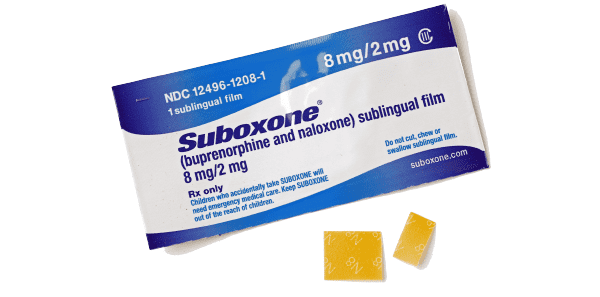

Suboxone is a brand-name medication that helps to treat opioid use disorder.
Suboxone can help you when you have opioid dependence, which can make addiction treatment challenging. During early recovery from substance use disorder, getting sober can be difficult when you have a physical dependence on substances.
If you have an opioid addiction, whether prescription opiates or street drugs, your body might be dependent upon the substances. You might struggle with painful opioid withdrawal symptoms during detox.
Withdrawal symptoms might deter you from getting or continuing treatment for your opioid addiction.
Suboxone treatment can be part of your treatment program. Like other medication-assisted treatments (MAT), suboxone treatment helps you manage opioid cravings during treatment.
Suboxone combines two medications: buprenorphine and naloxone.
Suboxone is similar to another drug called Subutex, which also contains buprenorphine. Subutex does not have the addition of naloxone that is found in Suboxone. Both Subutex and Suboxone are used to treat opioid dependence.
The buprenorphine/naloxone combination in Suboxone has both an opioid agonist and antagonist working together. Suboxone combines aspects of other medications, like methadone and Vivitrol.
The agonist buprenorphine reduces cravings and withdrawal symptoms. Naloxone, as an opioid antagonist, creates a partial blockade against the effects of opioids. You get both a drug to manage withdrawal and prevent misuse when taking Suboxone.
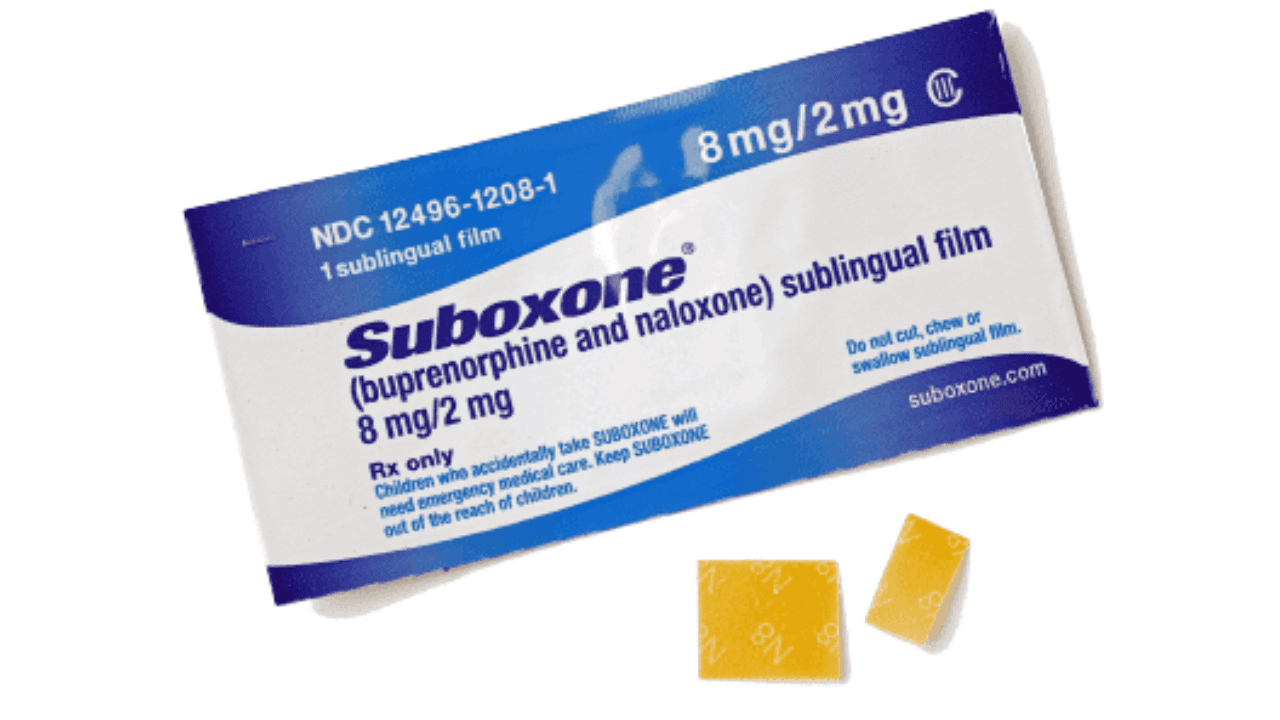
Suboxone is effective for at least 24 hours and might remain in your system for five to eight days.
Following initial treatment with Suboxone, you will take Suboxone once per day. Suboxone can be taken in a tablet or as a sublingual film.
In either form, Suboxone is not swallowed or chewed. You will take your dose of Suboxone either by sublingual or buccal administration. This means that you allow the tablet or film to dissolve along your cheek or under your tongue.
Medications taken by sublingual or buccal administration are fast-acting, as they are absorbed directly into the bloodstream. Suboxone does not go through your digestive system and will work quickly after you take your medication.
Suboxone will take only about 20-45 minutes to kick in after administration.
Suboxone is effective at blocking opiates for at least 24 hours, whether you take the sublingual tablet or suboxone film. Though Suboxone can stay in your system longer, you will need to take your dose once per day for effective treatment.
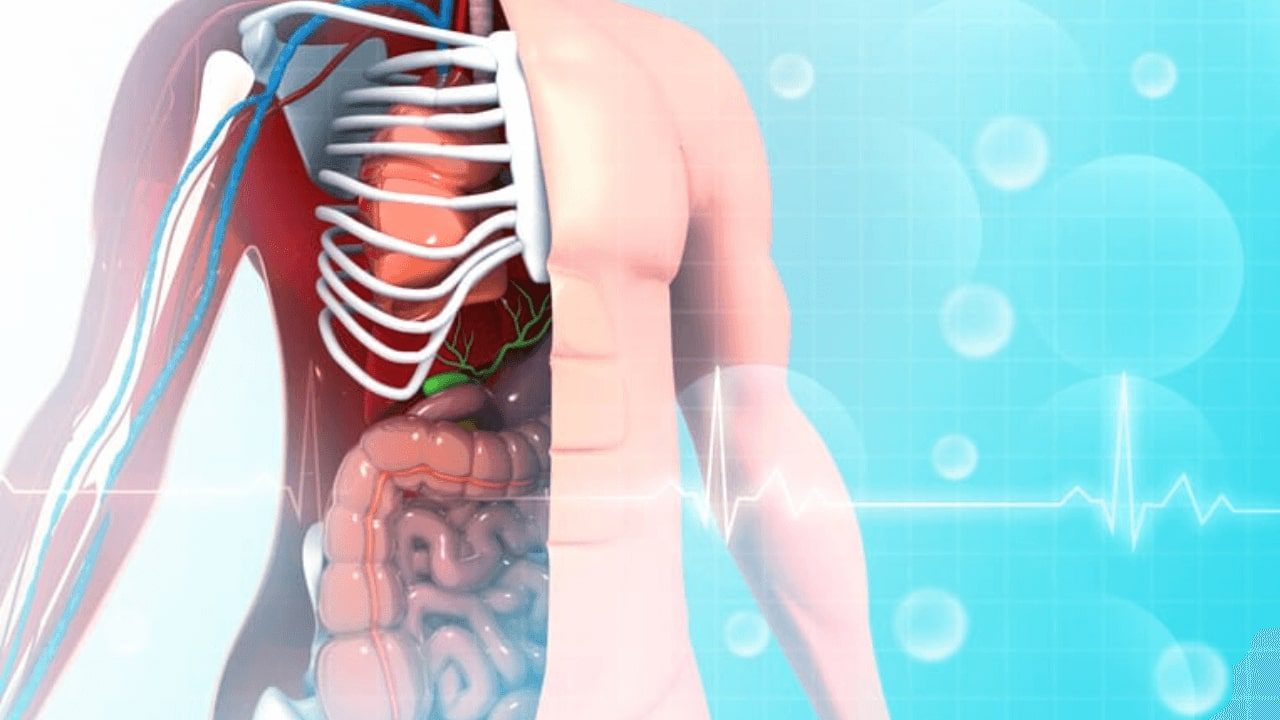
Suboxone does not show up on most drug tests unless the test specifically looks for buprenorphine.
Most drug tests will not look for either buprenorphine or naloxone, the active ingredients in Suboxone. However, if you use other substances or opioids while taking Suboxone, these substances will still show up on a drug test.
Suboxone will not stop other substances from showing up on a drug test. If you struggle to stay sober while on Suboxone, speak with your healthcare provider. You might need to adjust your dose or try other forms of addiction treatment.
While taking Suboxone, you might be asked to take regular drug tests.
Due to the potential harm of drug interactions on Suboxone, your healthcare provider might check for other drugs in your system. If you struggle to stay sober due to withdrawal or other issues, tell your healthcare provider. They can work with you to find an effective treatment plan.

It is unlikely that you will overdose on suboxone when taken as prescribed for opioid use disorder.
Since Suboxone is prescribed for opioid addiction, you will already have a tolerance to opioids when you take Suboxone. Although Suboxone has some opioids, you will be at low risk of overdose or abuse due to the opioid blockers.
When used by people without an opioid tolerance, they might be vulnerable to adverse effects like an overdose. It is important only to take Suboxone if you are prescribed by a healthcare practitioner to treat opioid use disorder.
Do not exceed your dosage when taking Suboxone to minimize the risk of overdose or other issues.
If you still have withdrawal symptoms while taking Suboxone, you might be tempted to take more than your prescribed dose. You might even resort to taking other drugs to “level out” from withdrawal. You can do harm when you take additional substances or higher doses.
Always speak with your healthcare professional about options, like increased dosage or trying a different medication to treat your dependence.
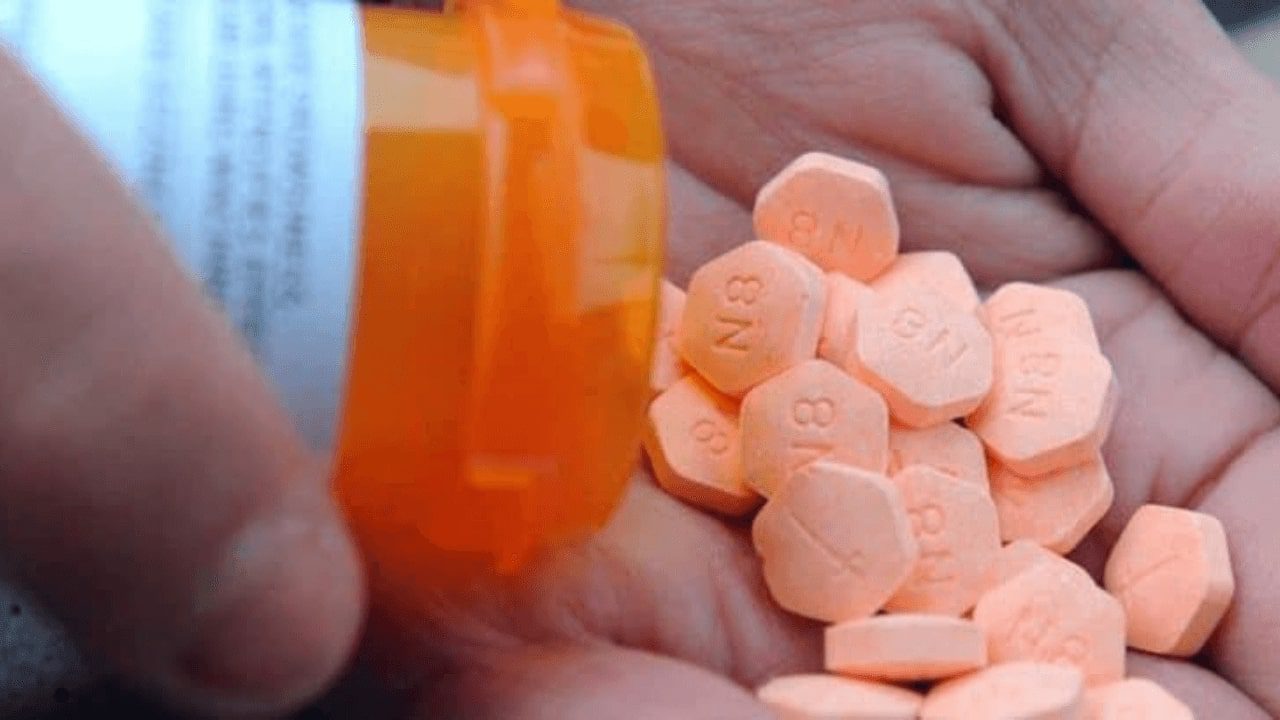
Suboxone works by combining both an opioid antagonist (naloxone) with an opioid agonist (buprenorphine).
Like methadone, Suboxone helps you feel “normal” when you are treating your opioid addiction. Both methadone and Suboxone give you controlled amounts of opioids to help you control cravings and withdrawal symptoms.
With Suboxone, the opioid effect reaches a “ceiling.” You cannot feel the effects of opioids after a certain amount is taken. With combination buprenorphine/naloxone, you can only get a low level of effects. You get just enough to keep you level without getting high.
Suboxone helps you feel normal without the painful and stressful feelings of withdrawal that you might experience during opioid detox.
When you use Suboxone, you might need additional support to maintain sobriety. You might see a therapist or counselor at an outpatient treatment facility to discuss underlying issues at the root of your substance abuse.
Suboxone alone is not enough to recover. While Suboxone will help you take the edge off from severe withdrawal symptoms and help you manage cravings, you will still need additional treatment to succeed in your recovery.
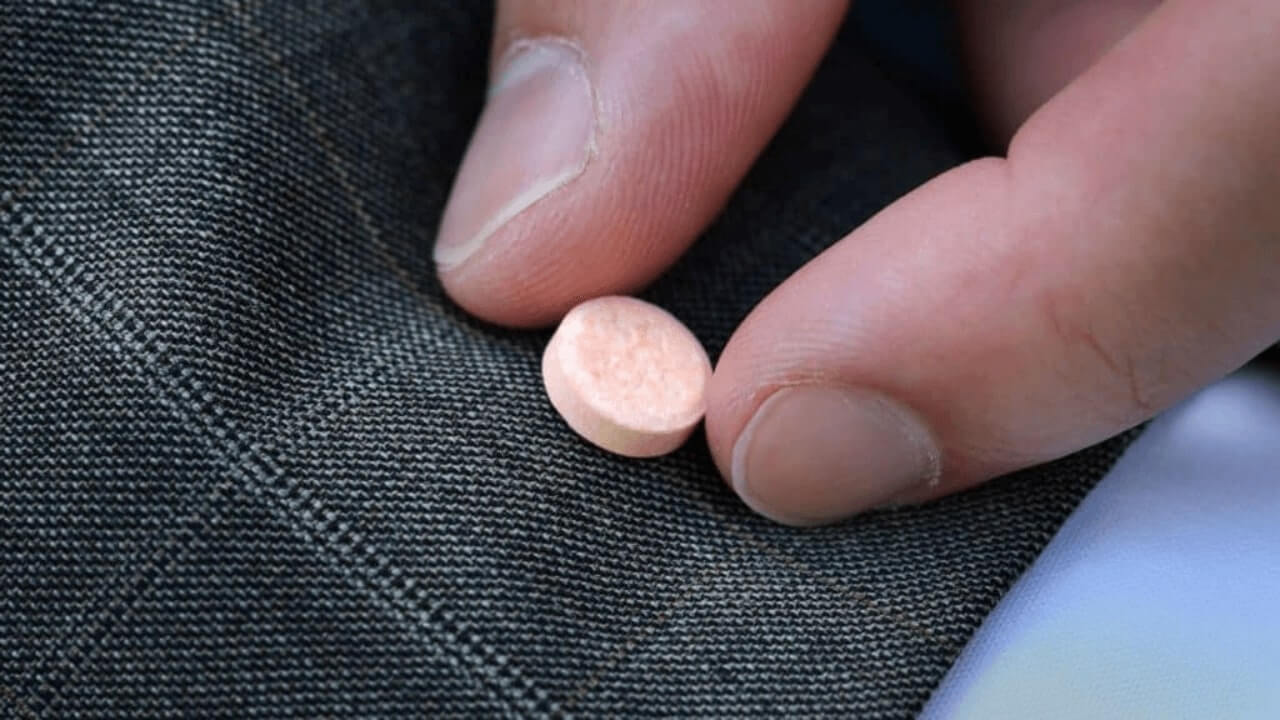
Like all medications, you might experience some of these common side effects when you use Suboxone, including:
Other, more severe side effects of Suboxone include:
This is not a list of all potential side effects. You might be susceptible to some side effects over others based on your current health status and any underlying medical conditions. Always seek medical advice from your prescribing physician concerning side effects.
Mixing Suboxone and other opioid medications with alcohol and other drugs can increase the risk of harmful side effects.
The FDA specifically warns about the “combined use of certain opioid medications and a class of central nervous system (CNS) depressant drugs called benzodiazepines.”
Even though Suboxone is a prescription drug, it still contains opioids, which can have harmful interactions with other depressants. When alcohol or benzodiazepines interact with opioids, they can magnify the effects of opioids.
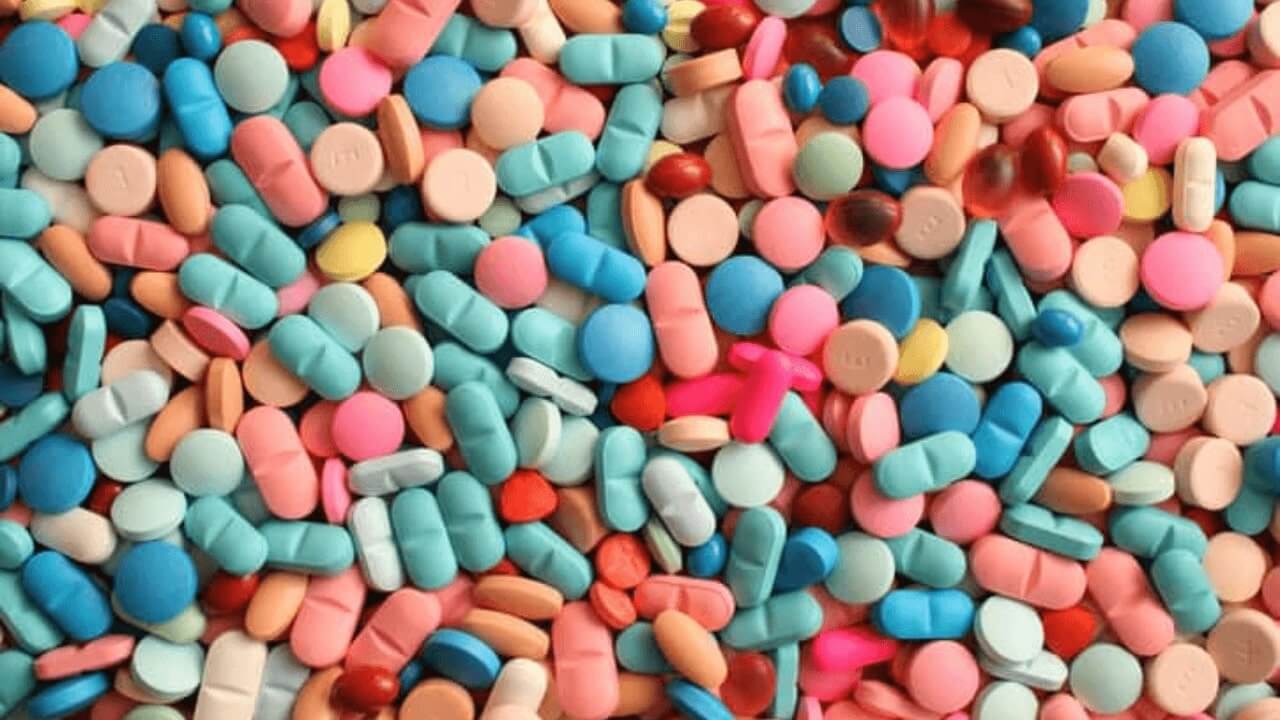
The opioid agonist of Suboxone, buprenorphine, is considered a narcotic, though it is much weaker than other opioids, like heroin and methadone.
According to the Drug Enforcement Agency (DEA), a narcotic “refers to opium, opium derivatives, and their semi-synthetic substitutes.” A narcotic can be any drug, either illegal or prescription, that attach to opioid receptors.
Examples of other narcotics include:
It is important to know that if you are on Suboxone, you should not be using other opioids, whether prescription or not. Mixing Suboxone with other opioids can cause you to go into withdrawal when the naloxone blocks the effects.
Withdrawal symptoms can be painful and have side effects of their own. Suboxone should minimize these effects. If you take other narcotics with Suboxone, you might see these symptoms arise.
Opioid withdrawal symptoms include:
You might have these withdrawal symptoms if you misuse your medication or combine Suboxone with other opioids. The naloxone in Suboxone will send you into withdrawal due to its blockade of opioids.
Taking any illicit substance while in addiction treatment will set you back in your recovery.
Relapse is common during long-term recovery. You do not need to let a relapse stop you from continuing to move forward. You can learn from your mistakes and what triggered your relapse to get better during the course of your treatment.
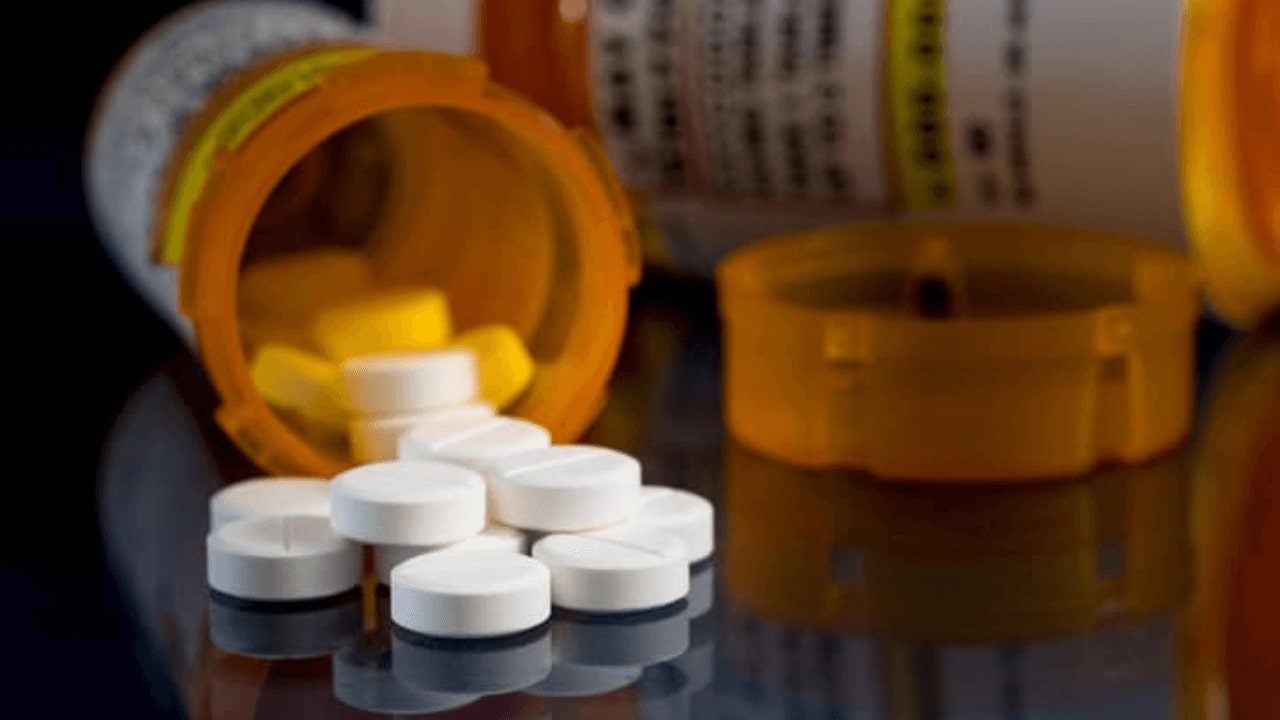
Suboxone is taken either as a tablet or a film and is meant to be absorbed under the tongue or in the cheek.
Suboxone is fast-acting and absorbed directly into the bloodstream through the mouth. You do not swallow a Suboxone tablet. Instead, the tablet or film dissolves in your mouth.
The methods of taking Suboxone are called buccal and sublingual medication administration:
Suboxone does not need to pass through your digestive system, which means you do not use your liver to process the medication. With either buccal or sublingual administration, you can usually take a lower dose of medications than other types of administration.
Suboxone can be taken at least 12-24 hours after you used any type of opioid drug.
Your dose of Suboxone might be different based on the method you take your medication and how far along you are in your treatment.
Suboxone comes in four different strengths of the buprenorphine/naloxone combination:
Like all other forms of medication-assisted treatment (MAT), you will slowly taper off over the course of your treatment. You might need a stronger dose when starting out if you experience severe withdrawal symptoms.
If your healthcare provider lowers your dose, watch for any symptoms to make sure that you are ready for a lower dose.
Everyone in recovery from opioid and substance use disorders gets better at their own pace. You might need higher doses of Suboxone longer than others before moving on to a lower dose. Your healthcare provider will prescribe the lowest dose needed to be effective.

Both Suboxone and methadone can be used in medication-assisted treatment (MAT) for opioid use disorder, but they are not the same.
Methadone and Suboxone are approved by the Food and Drug Administration (FDA) to treat opioid use disorder. While each medication treats the same disorder, they have some differences. You can talk to your healthcare provider about which one is best for you.
According to SAMHSA, methadone is “a long-acting opioid agonist, [that] reduces opioid craving and withdrawal and blunts or blocks the effects of opioids.”
Methadone is a full opioid agonist which helps to lessen opioid withdrawal symptoms. With methadone, you gradually build up your dosage over time. Because methadone is an opioid agonist, you can potentially overdose on methadone.
After methadone builds up in your system, you might begin to decrease your dosage. Some people need long-term maintenance of methadone to stay sober. Most people need to go to a methadone clinic daily for their dose to prevent misuse and abuse at home.
Unlike methadone, Suboxone combines two medications: buprenorphine and naloxone.
Buprenorphine is a partial opioid agonist with similar effects like euphoria and respiratory depression as a full opioid agonist like methadone. Buprenorphine’s effects are much weaker than methadone.
Naloxone blocks the effects of opioids by attaching to the opioid receptors in the brain.
By blocking the effects of opioids and having a weak opioid agonist, Suboxone has less risk of overdose than methadone. Both Suboxone and methadone should be taken under the supervision of a healthcare provider.
Speak to your healthcare provider and treatment team about what type of medication will be best for you.
Suboxone might be better for you if you have less severe opioid cravings and withdrawal symptoms. Methadone might be more effective if you have a severe opioid addiction.
Be honest about your opioid use when starting treatment to ensure that you get the most effective treatment. Your healthcare provider might try a stronger medication or dose at first and then gradually reduce your medications as you go through treatment.
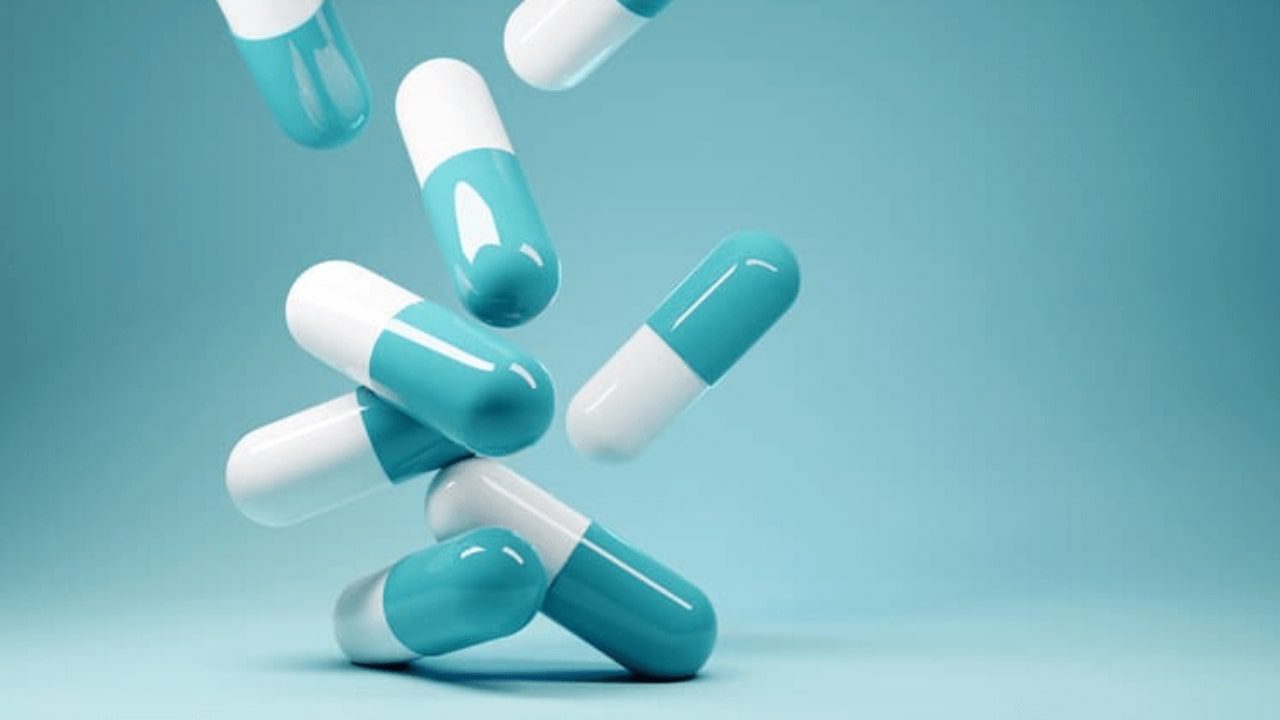
You might want to consider different types of medication-assisted treatment (MAT) depending on your symptoms and level of opioid dependence.
Other medications approved by the FDA to treat opioid dependence include:
MAT for opioid use disorder, whether with Suboxone, methadone, naltrexone, or others, can help you deal with opioid withdrawal symptoms and cravings during your addiction treatment.
Suboxone and other medications alone are not a cure for opioid use disorder.

Suboxone and other medication-assisted treatments (MAT) provide positive outcomes for recovery from opioid addiction.
According to the National Institute on Drug Abuse (NIDA), MAT is when “medications [are] combined with behavioral counseling for a ‘whole patient’ approach.”
NIDA points out three ways that MAT can improve outcomes for opioid addiction:
A comprehensive treatment plan for substance use disorders will also include:
When dealing with opioid addiction, it is best to get support and care from a facility with trained professionals. Detox from opioids can be dangerous and even deadly. You can recover with guidance from a qualified healthcare provider.

Sandstone Care offers Suboxone treatment as part of our medication-assisted treatment program for individuals that have been assessed and for whom it may benefit.
Suboxone can help to treat opioid dependence. When withdrawal symptoms are manageable, you can do the real work needed for long-term recovery. Sandstone Care is here to support teens and young adults with substance use disorders. Call (888) 850-1890